Telling visual stories: Photography tips for journalists
From finding an angle to adding a human element, news photographer Giulio Saggin explains how structuring an image is not that different from writing a piece


From finding an angle to adding a human element, news photographer Giulio Saggin explains how structuring an image is not that different from writing a piece
This article was migrated from an old version of our website in 2025. As a result, it might have some low-quality images or non-functioning links - if there's any issues you'd like to see fixed, get in touch with us at info@journalism.co.uk.
When I joined ABC News Online in Australia as their national photo editor, I was asked to give reporters advice on how to take photos. I wondered how I would compress 20 plus years of experience into a presentation.
Two quotes came to mind – "a photo tells a thousand words" and "a picture shows something, a photo tells a story". Using these quotes as a guide, it made sense that, if a photo did tell a thousand words – meaning a story – then it would use the same tools as writing.
When I began deconstructing photos I realised they were visual stories structured in the same way as written stories. As photographers, we do such things as 'finding an angle', 'adding a human element' and 'using exciting copy'... the parallels are many.
I set about constructing a presentation – using visual examples – showing these parallels, and when ABC reporters viewed my presentation, they loved it. Photography was being translated into a language they could understand and it made sense to them.
Anything done well looks easy and a good news story is no exception. The same applies to a news photo. My presentation wasn't going to turn journalists into photographers. I was happy to get them to a level where they could go on a job and, at the very least, send me the bones of a photo I could 'bang into shape'. I was looking at this from a news angle.
During my nine years with ABC News Online, many reporter photos came across my desk (appeared on my screen). I often looked at them and thought 'if only'. These are a few of the 'if only' issues that needed to be worked on:
All stories have a point – an angle – otherwise it's a boring collection of words, written or spoken. We see life at eye level, so photographers try as much as possible to find an angle – crouch, sit, stand on something – to make the point of view more interesting for the viewer. If you can't move your subject, move yourself.
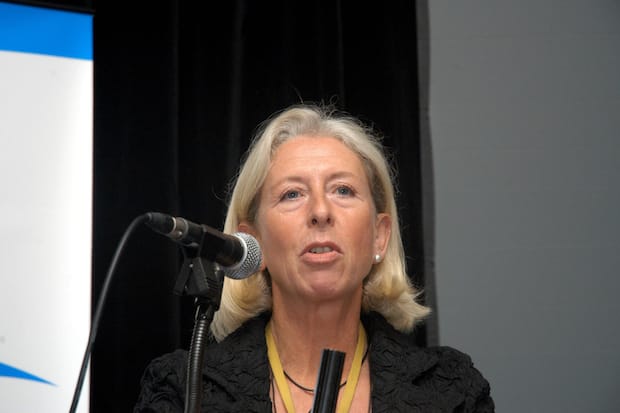
In the example above, this visual story needs an angle to liven it up and bring meaning to it. Finding that angle and including the facts means the visual story is far more interesting.
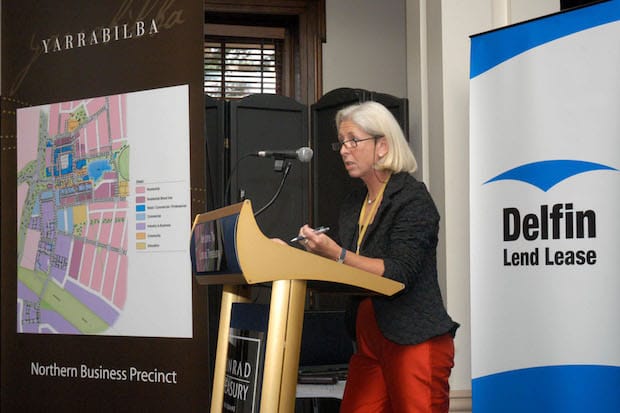
News stories have quotes. News photos have people. We, as humans, are interested when we see other humans. Rain pouring from the sky during a downpour can look good but someone running through pouring rain with an umbrella adds interest. We can empathise because we have all been there.
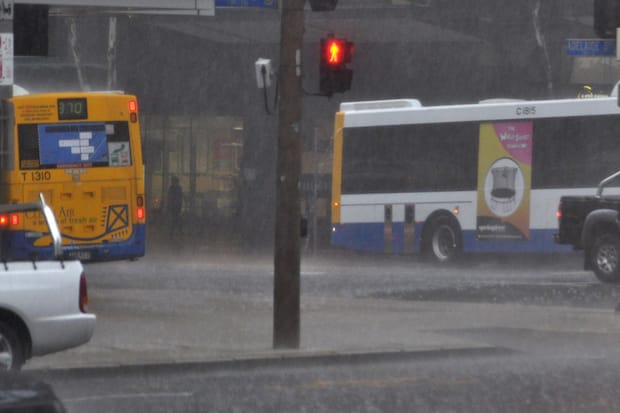
Pouring rain looks good but is made more interesting with the addition of people 'running for their lives'.
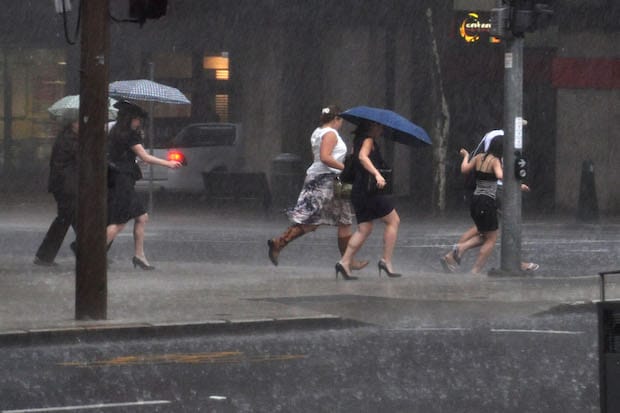
A verb brings a story to life, just as a verb brings a photo to life. The best way to do this in your photo, or visual story, is to get your subject doing something. This usually means getting the hands to do something. There is nothing worse than seeing hands hanging by someone's side.
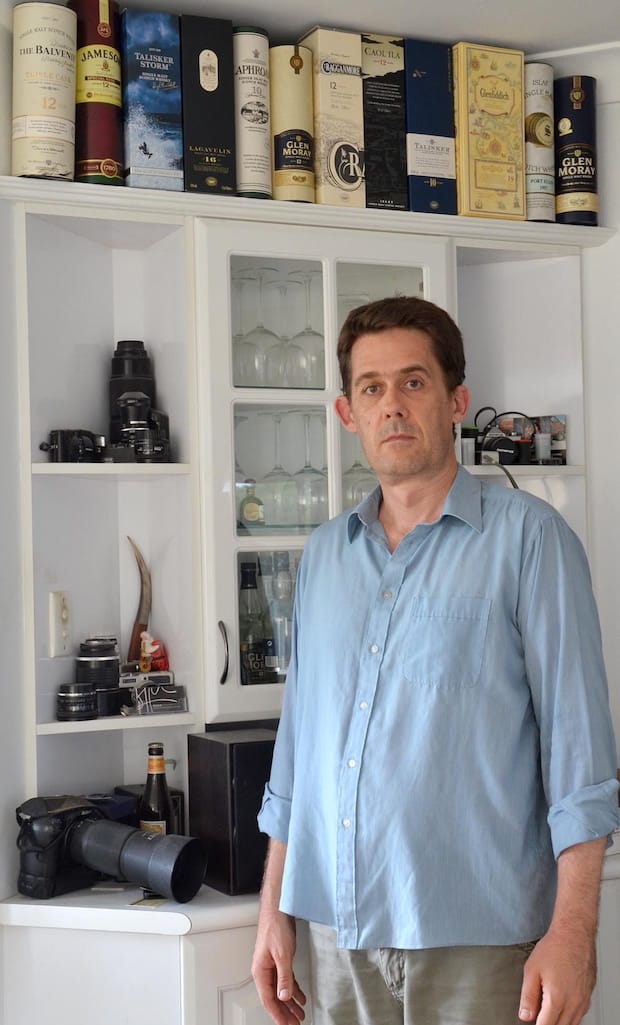
This is not exciting 'visual copy'. It's a glorified passport photo.
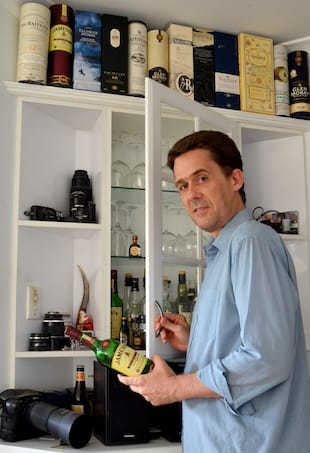
But in less than 30 seconds, the photo has been transformed into something far more interesting. Even though this is a vertical (portrait) photo, the frame is filled with relevant visual information.
Smartphones and other hand-held devices are designed to be held vertically, so people instinctively take a vertical (portrait) image. Instinct or not, we live in a horizontal world. We scan the horizon 'left to right' and not 'up and down', the same as a street, a room, a football field, a flood... the list goes on.
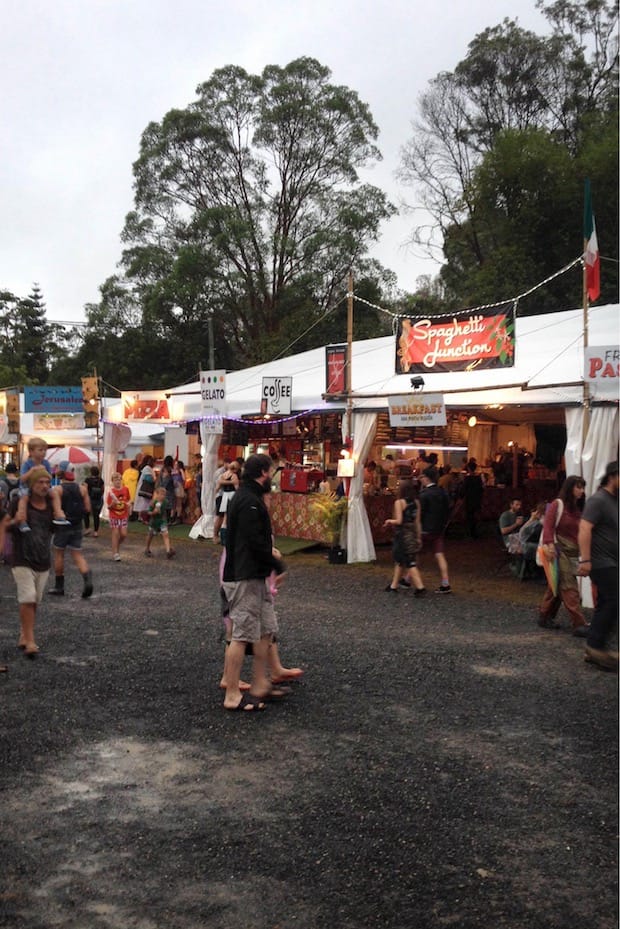
The point of this visual story is the stalls and the people, not the top and bottom of the frame. Making this visual story horizontal includes far more information.
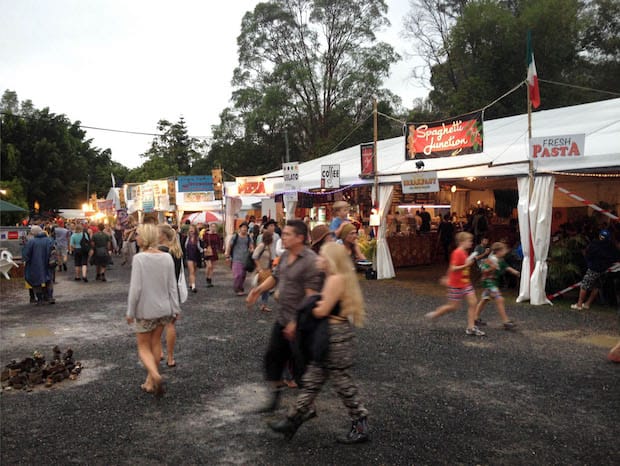
Our TVs and movie screens are horizontal for a reason. A well-taken photo and a well-written story are devoid of useless information. Most vertical images show the relevant visual information in the centre of the frame, with useless information filling the top and bottom of the frame.
My presentation has been turned into a book with over 100 photos showing good and not-so-good examples. It won't show you all the tricks of the trade. Instead, think of it as the first gear in a car. It gets the wheels rolling.
And all these techniques should be applied to every photo you take. Whether it be on the job, at a party, on holiday, or walking down the street, a photo that tells a story is far more interesting than a picture that merely shows something.
This will result in you being more confident the next time you rush out the door on a news job and a voice behind you shouts, "send us a photo!"
[Giulio Saggin](https://twitter.com/giuliosaggin) has been a [news photographer](http://photos.giuliophotography.com.au/) for over 25 years, including working as a freelance photographer in Edinburgh from 1992–1998. He was the national photo editor with ABC News Online in Australia from Feb 2007 – June, 2016, when the photo desk was made redundant. He is the author of "You, The Citizen Photographer: Telling Visual Stories". The book is [available as an e-book ($3.60) and hardcover ($42.99)](http://youthecitizenphotographer.blogspot.co.uk/).